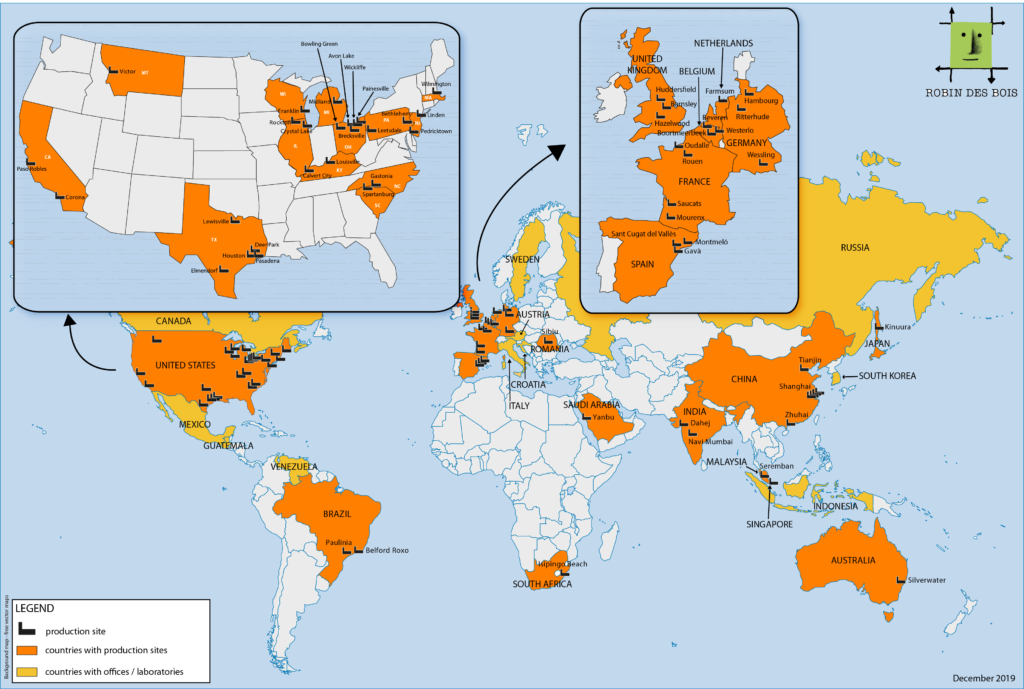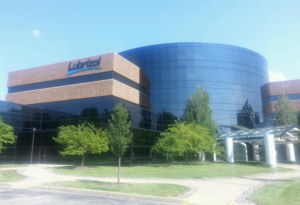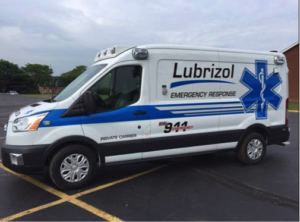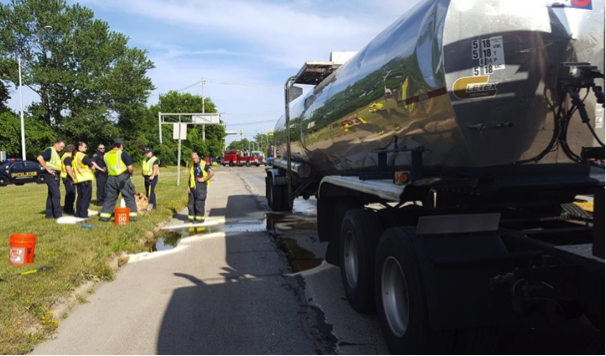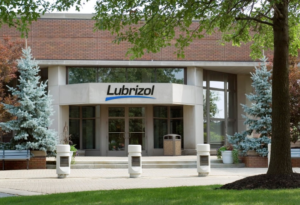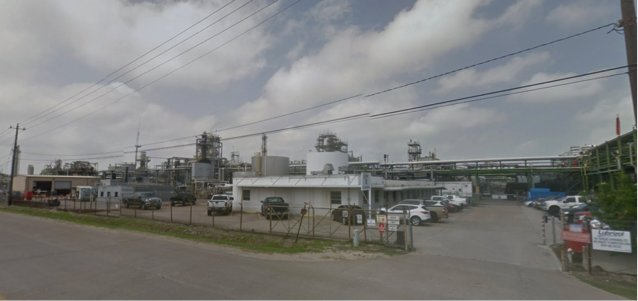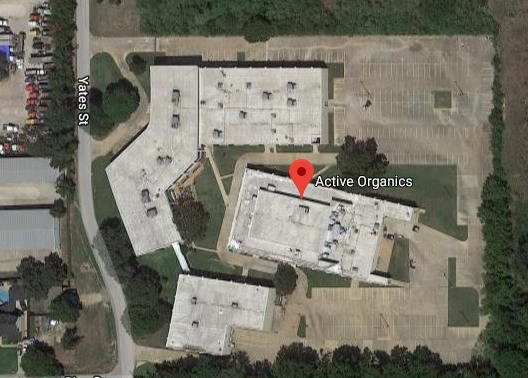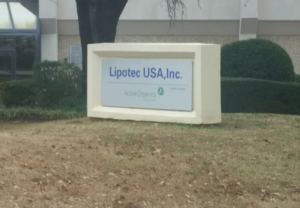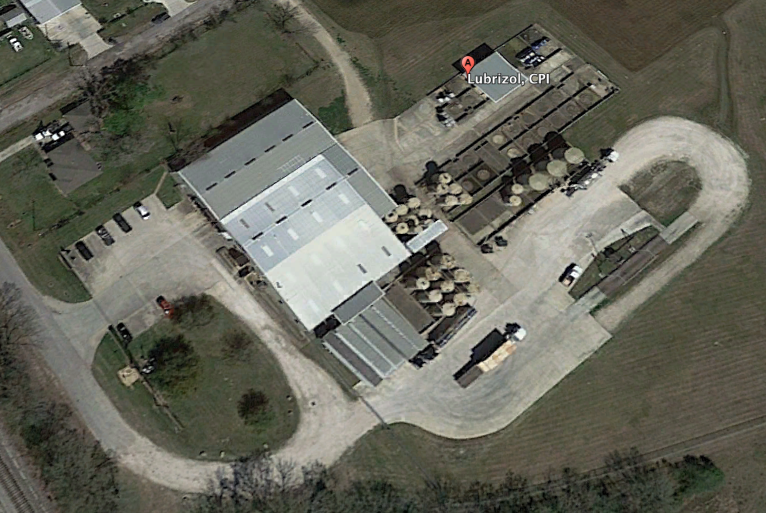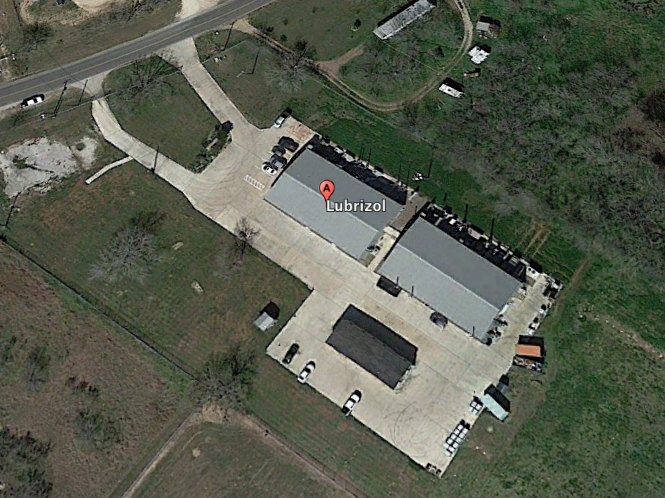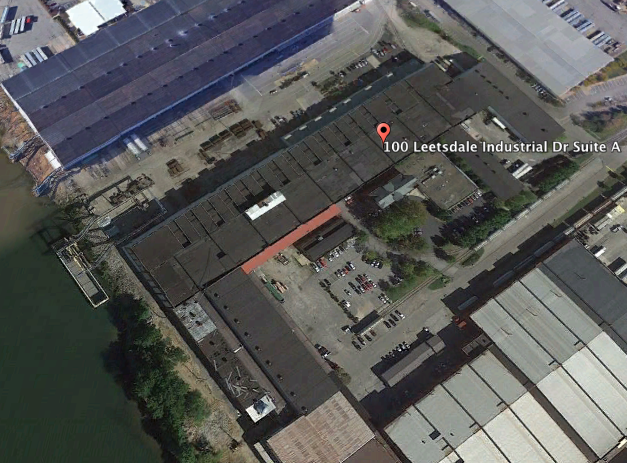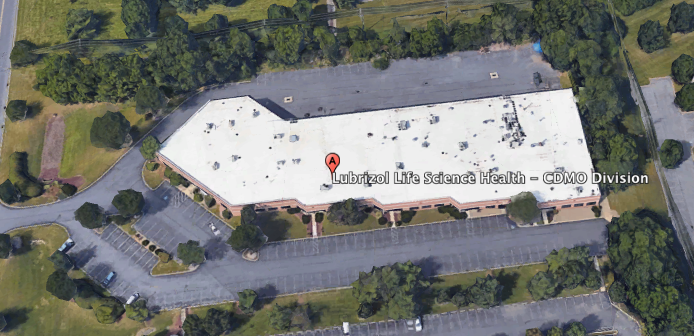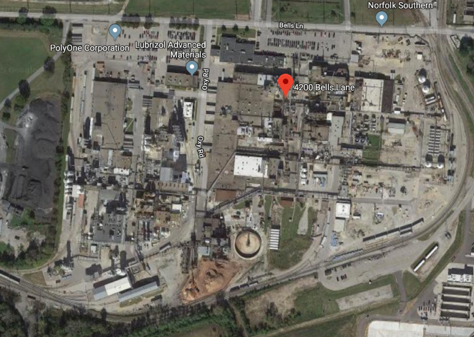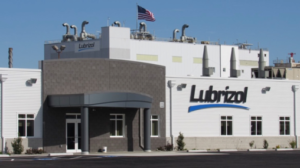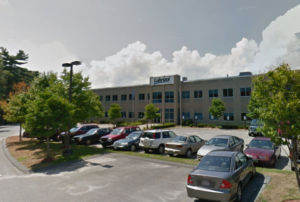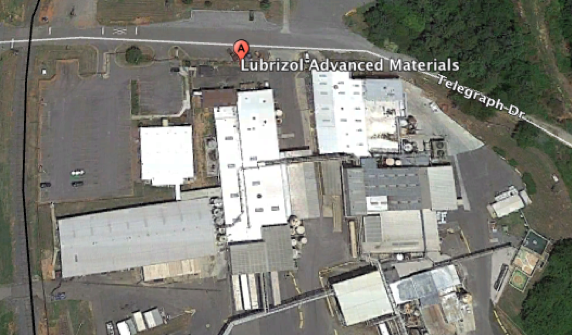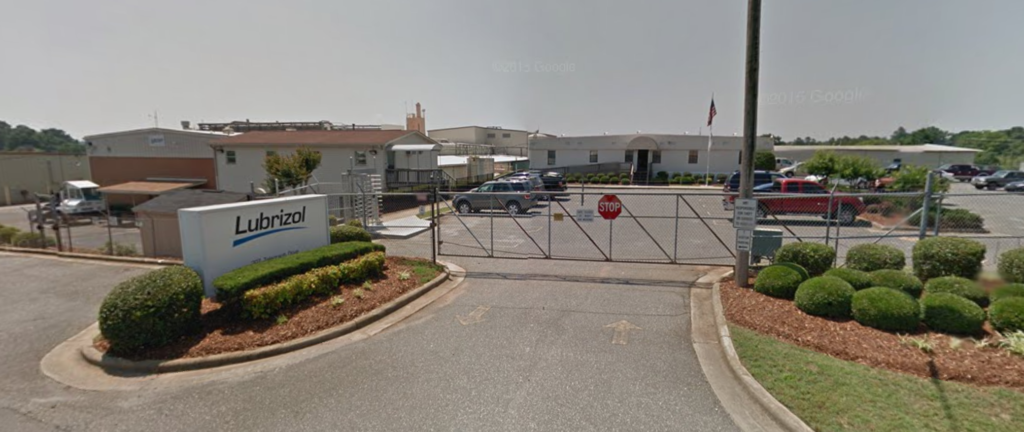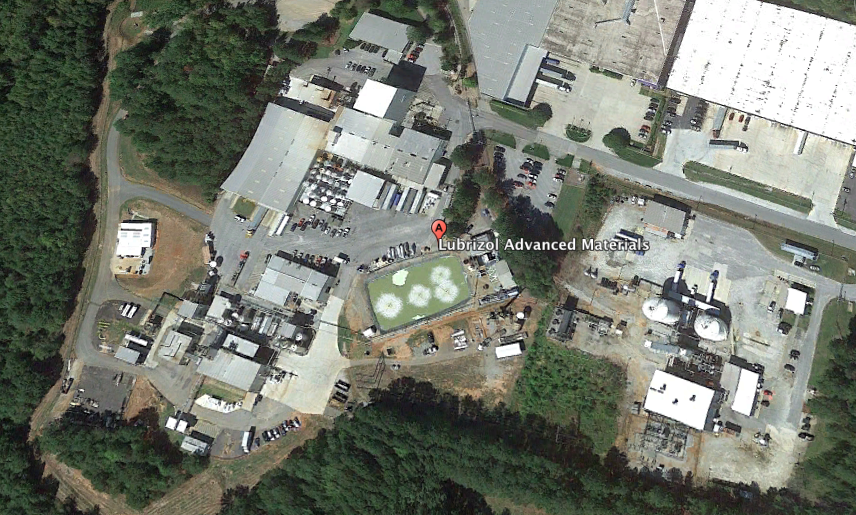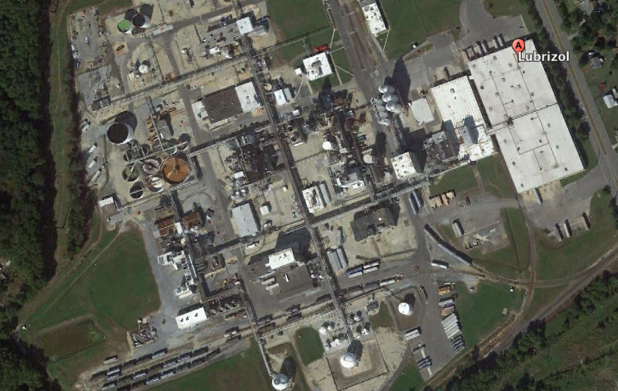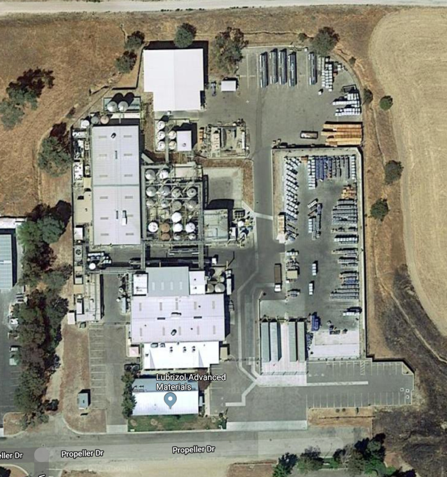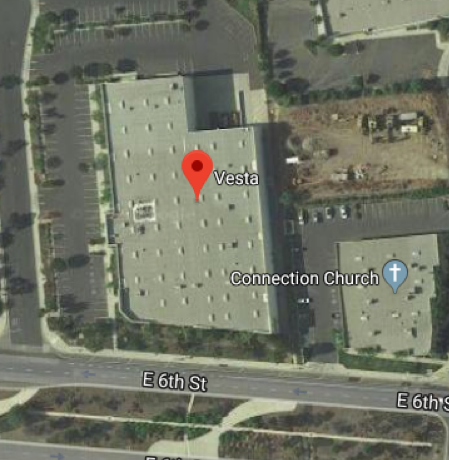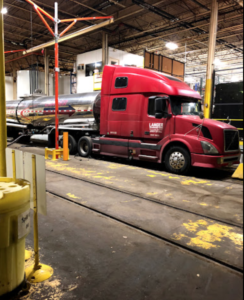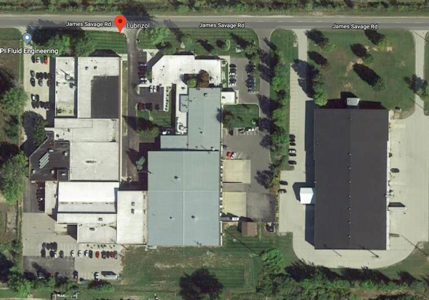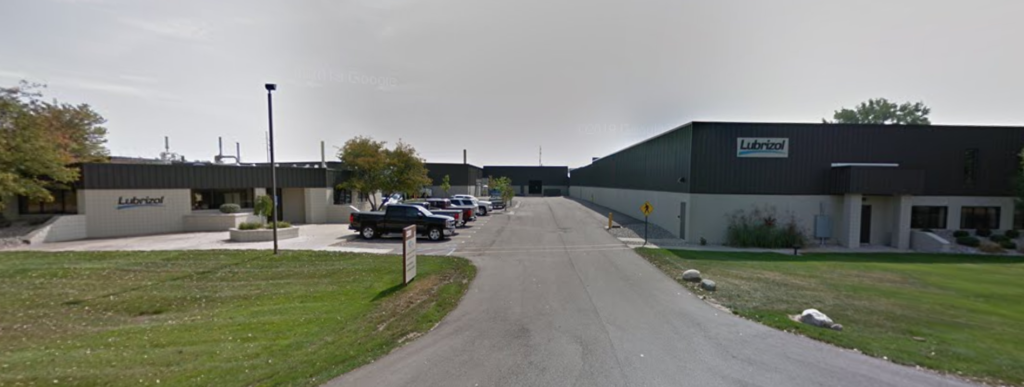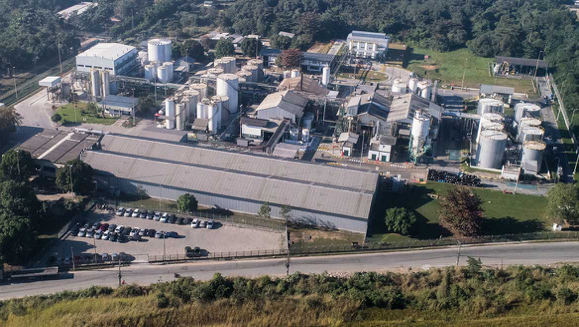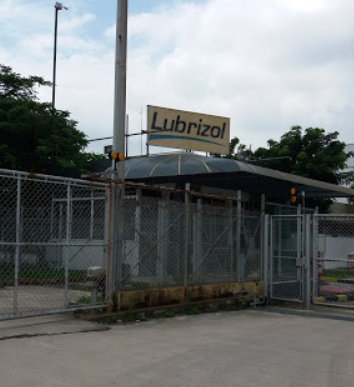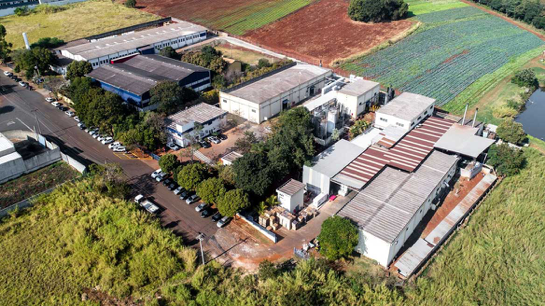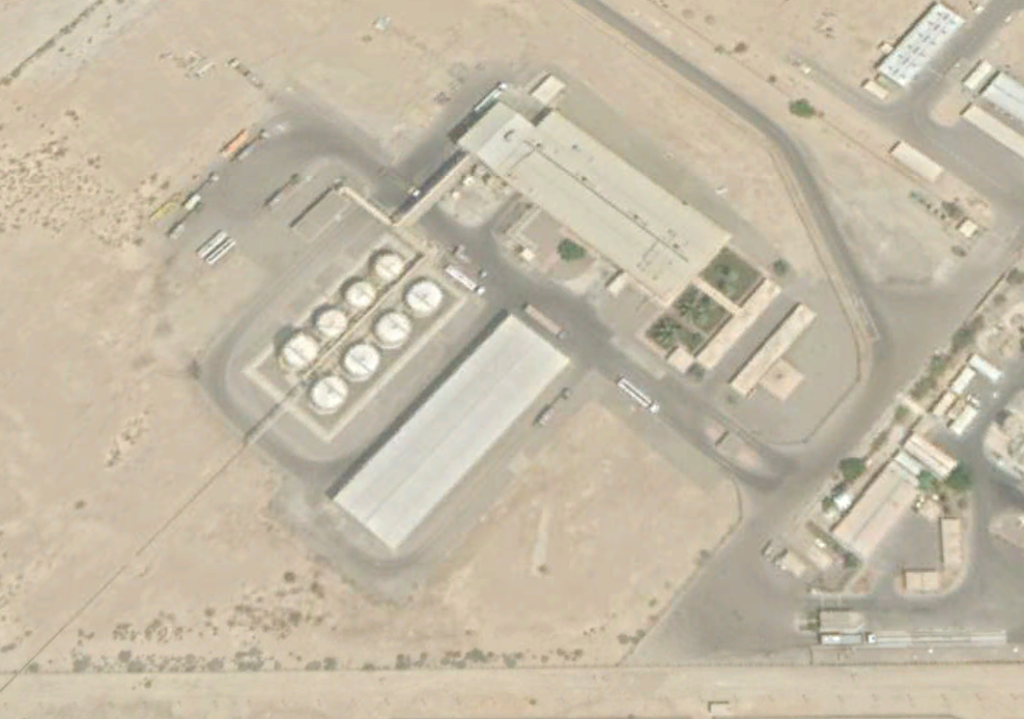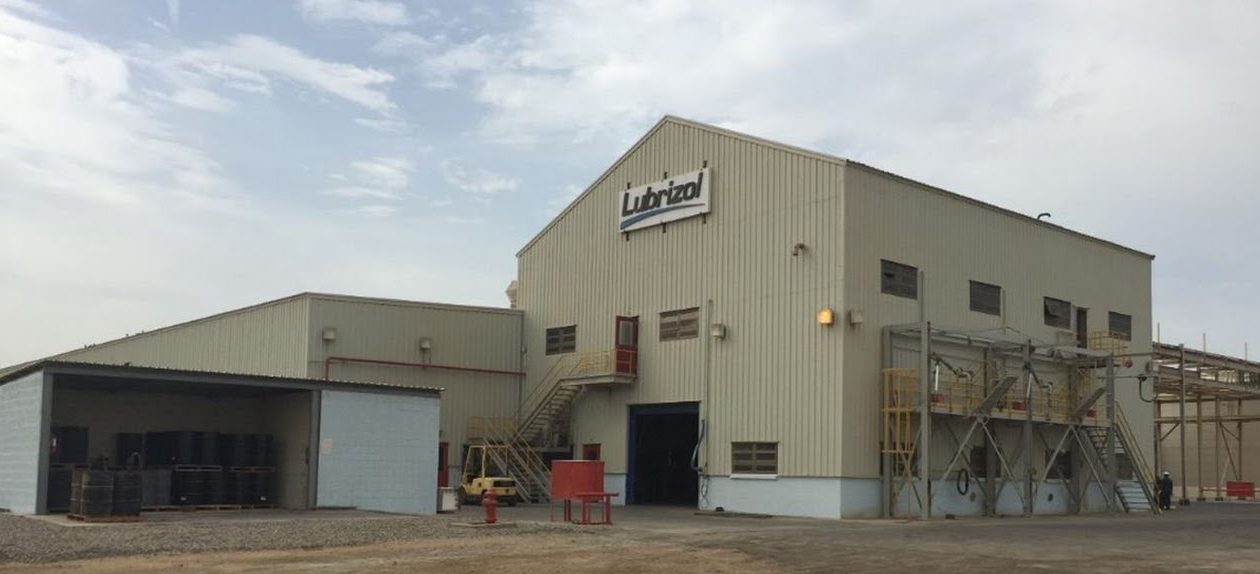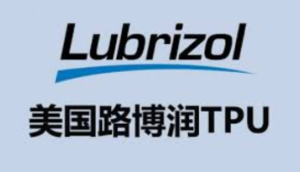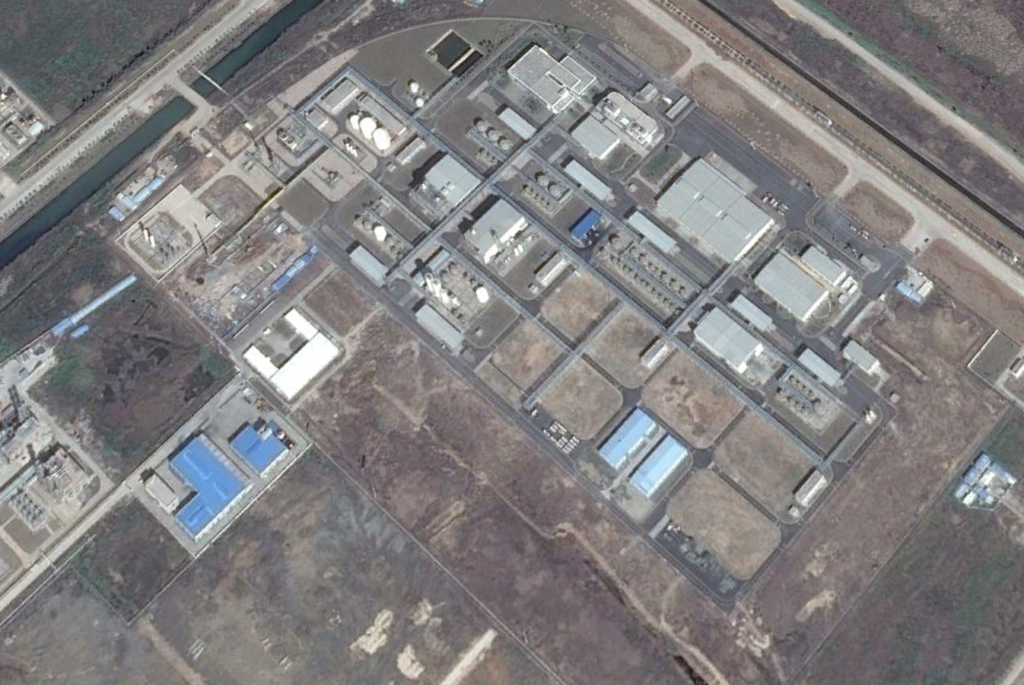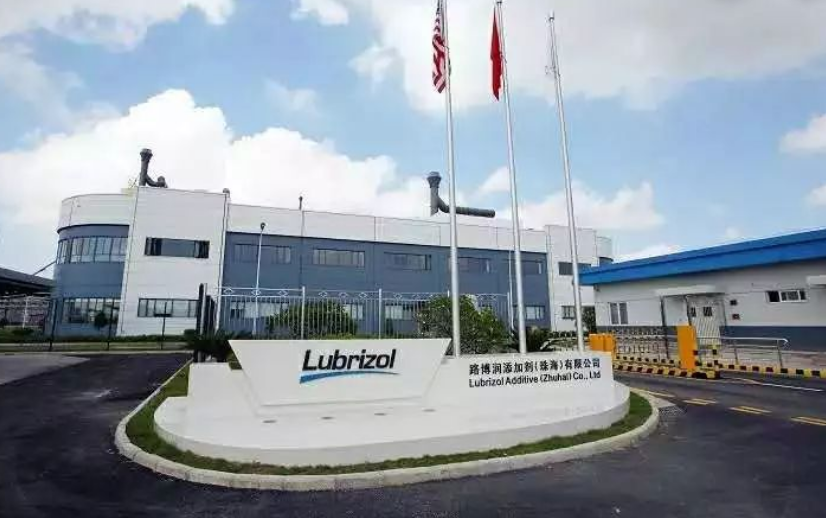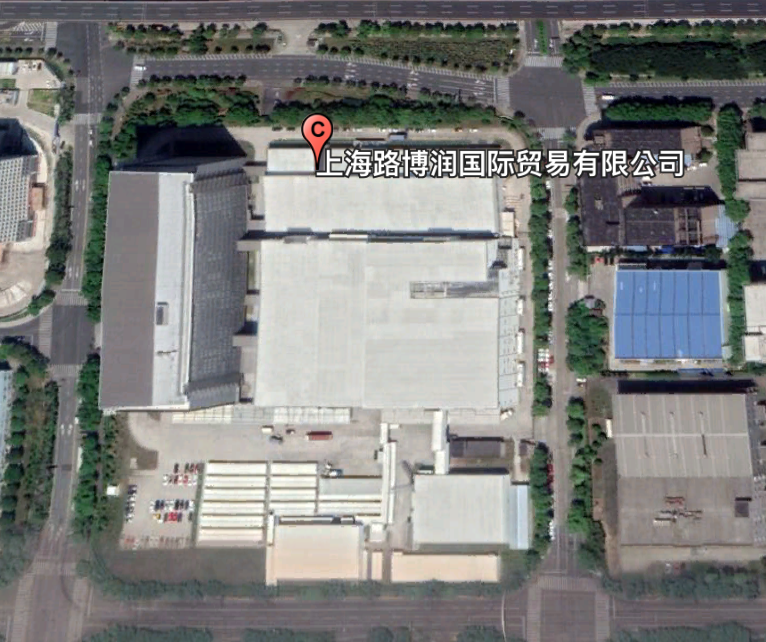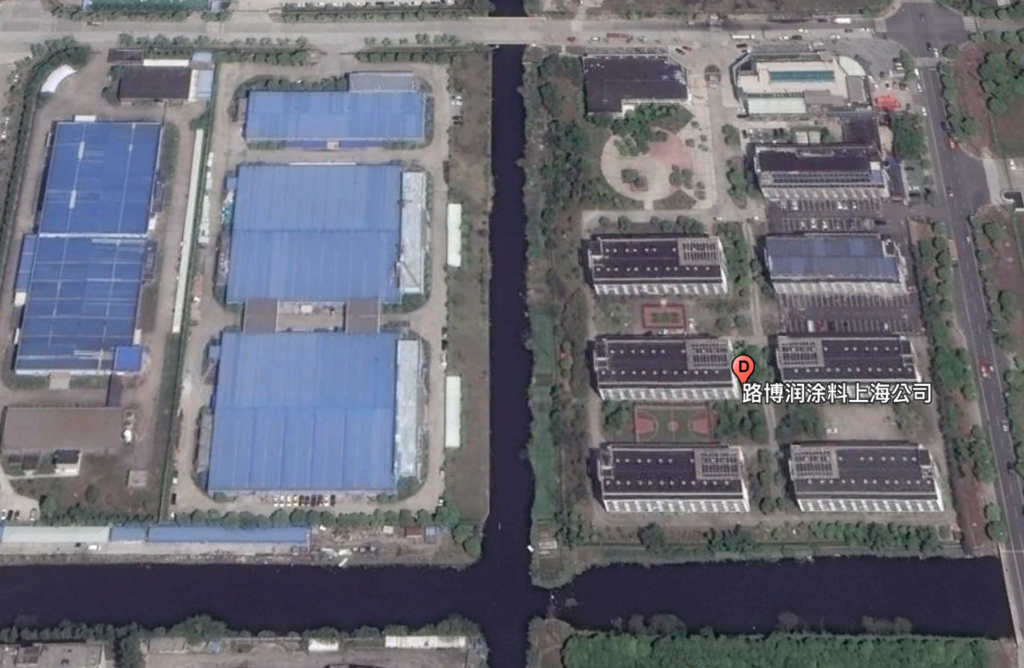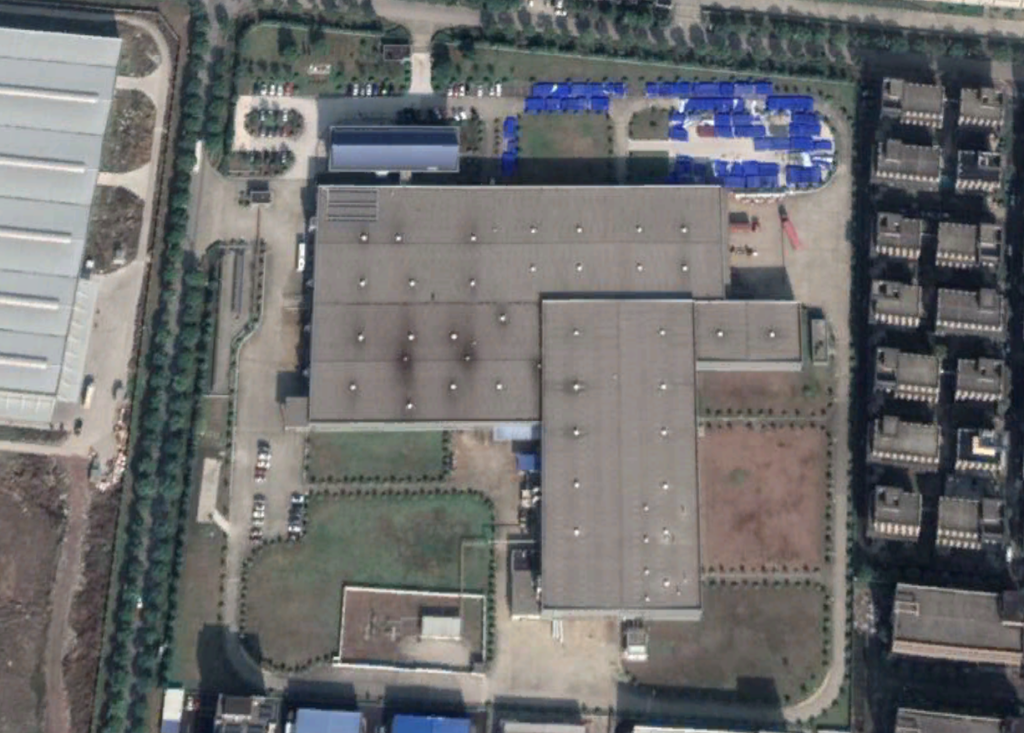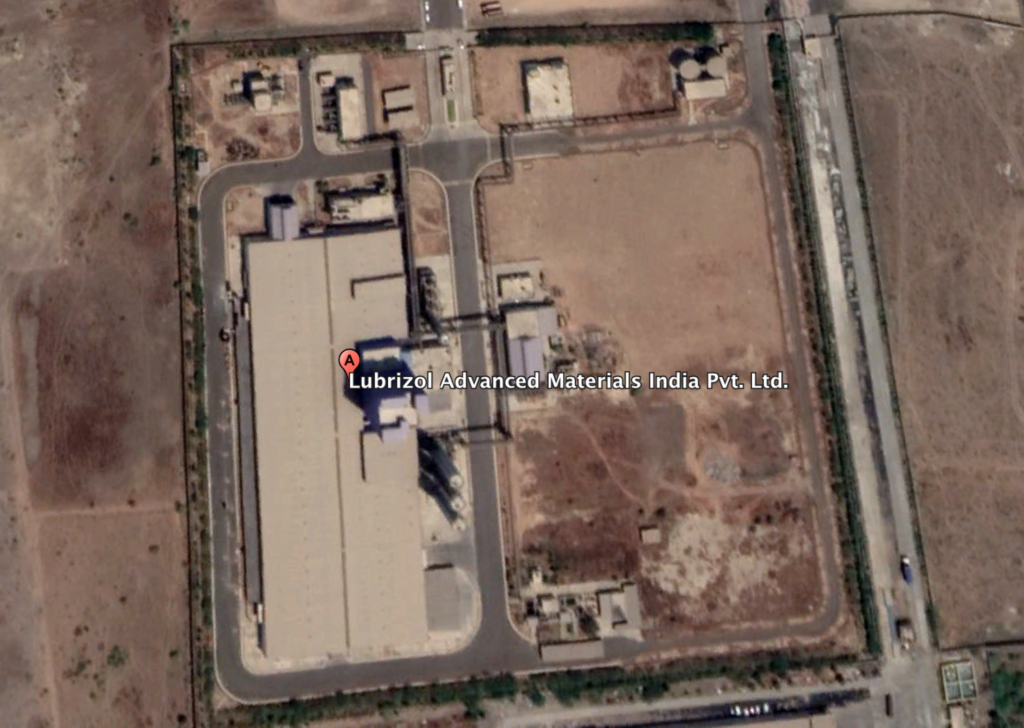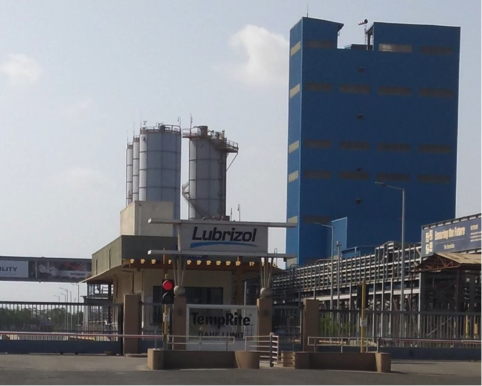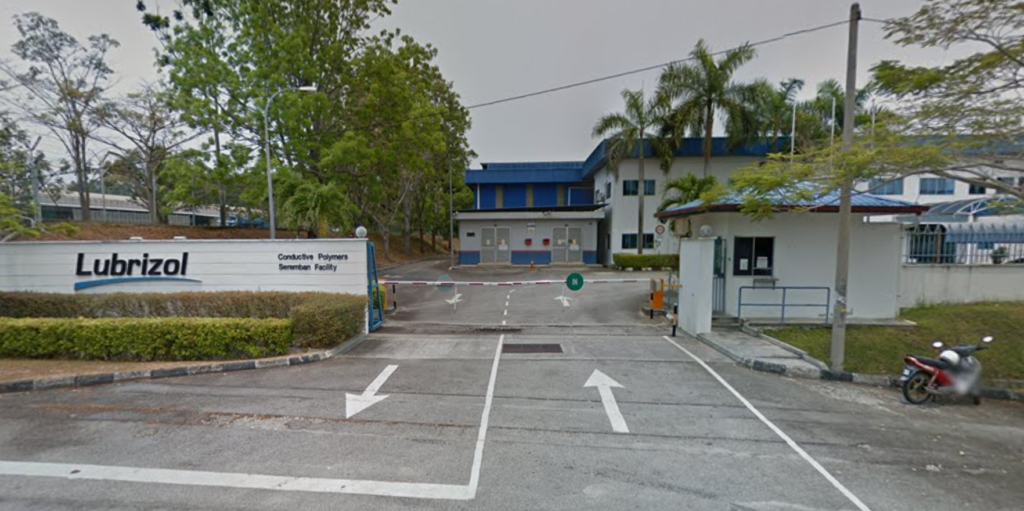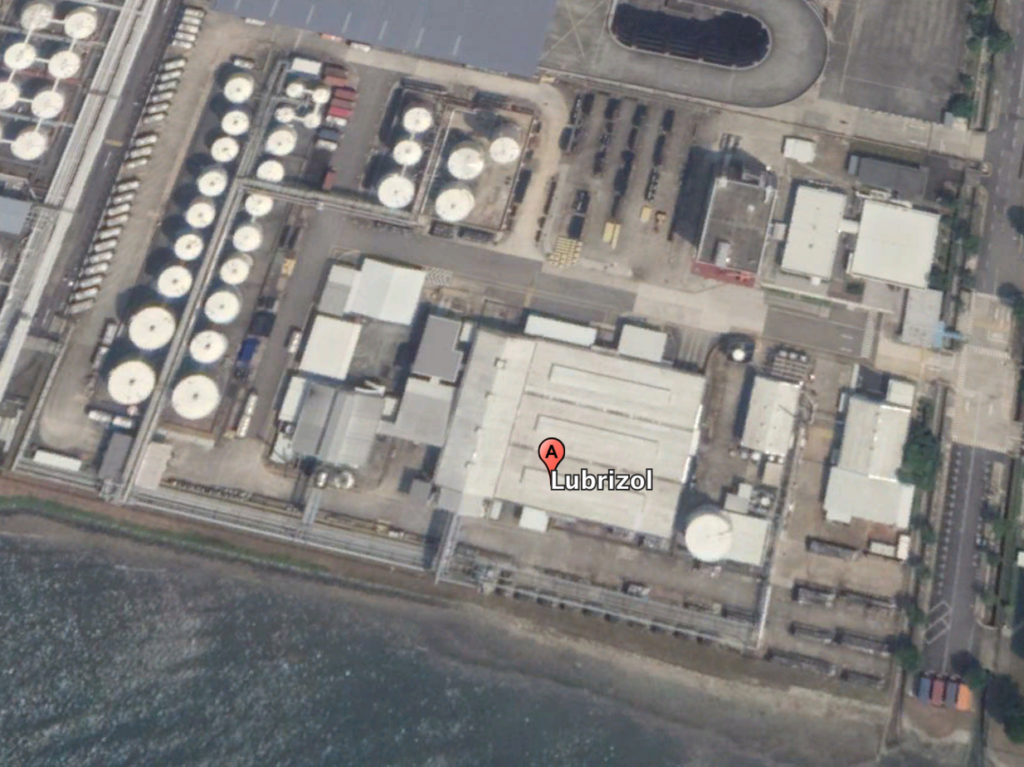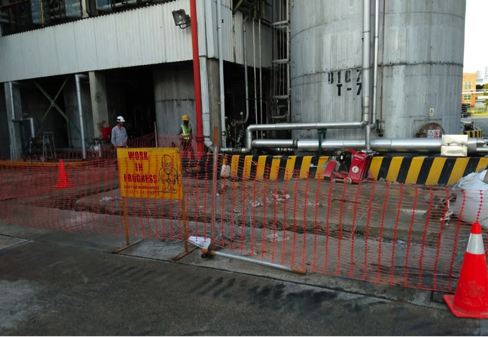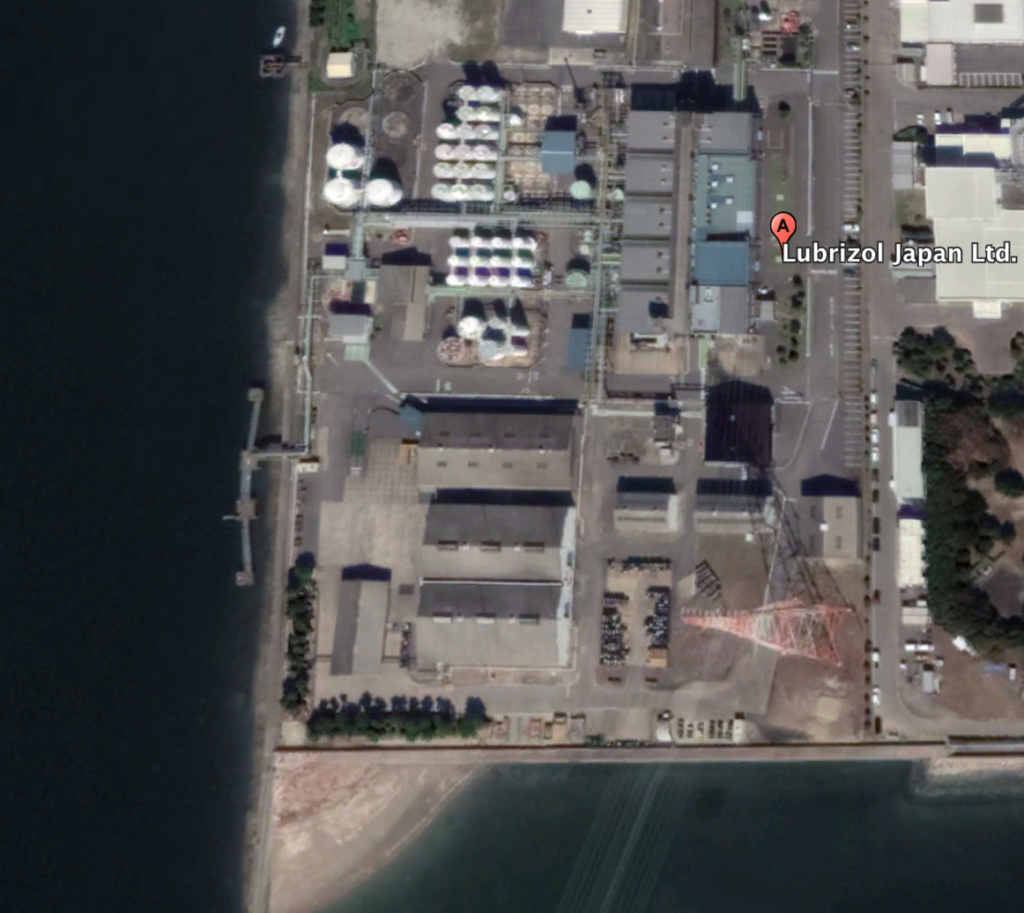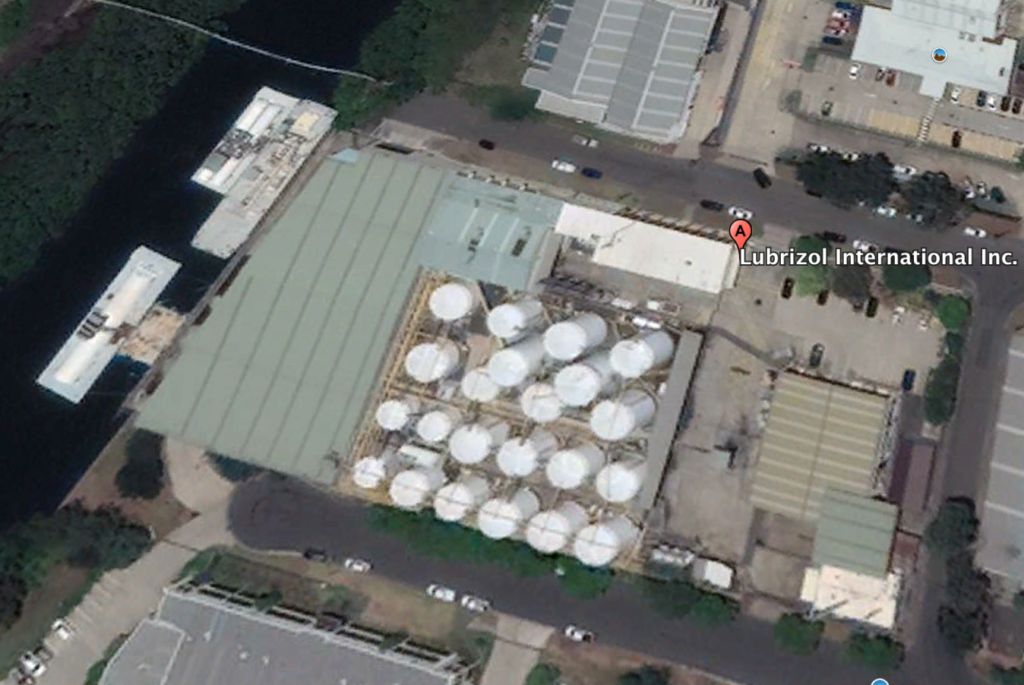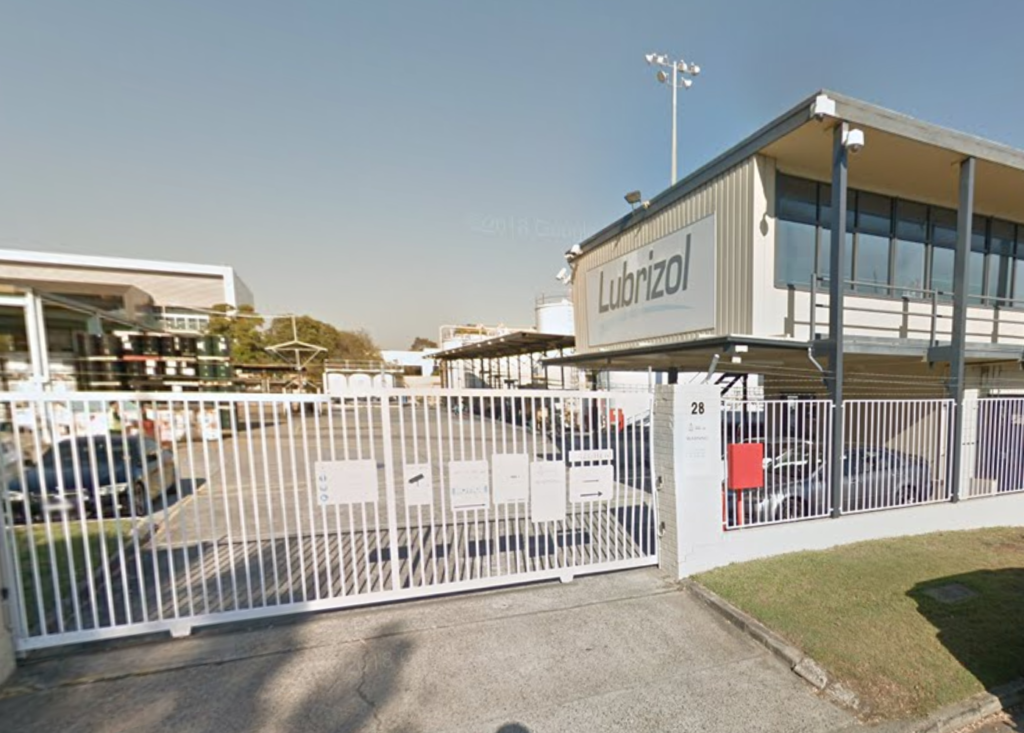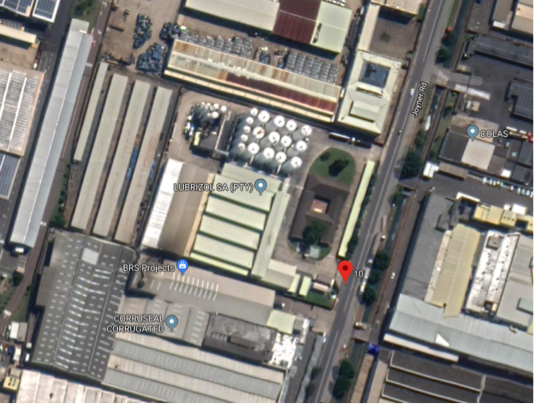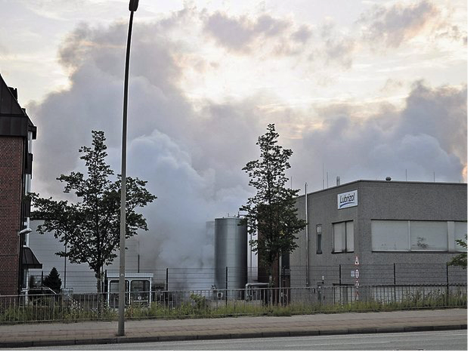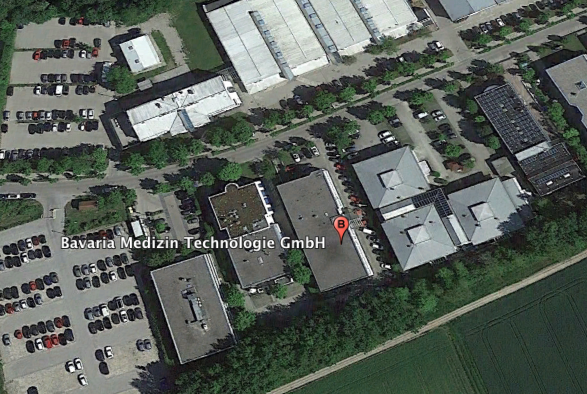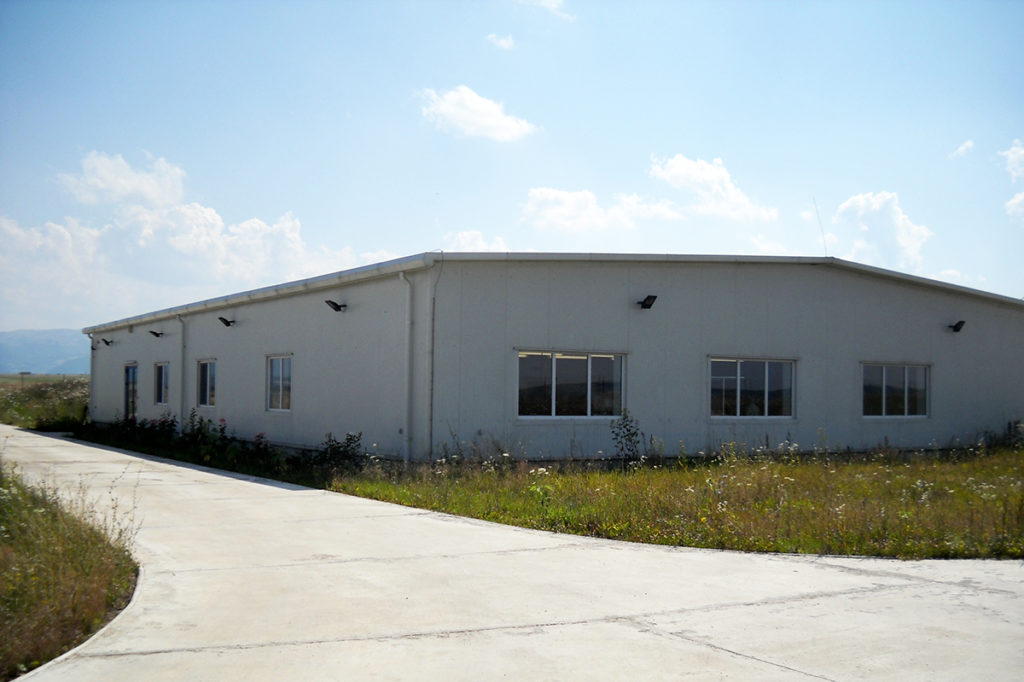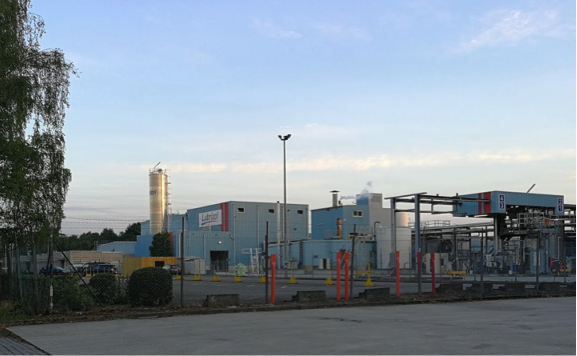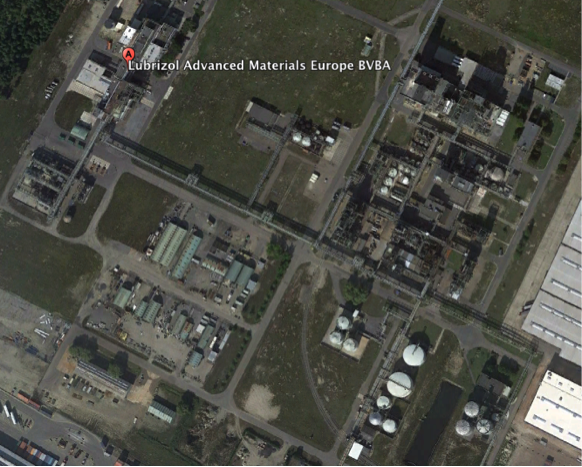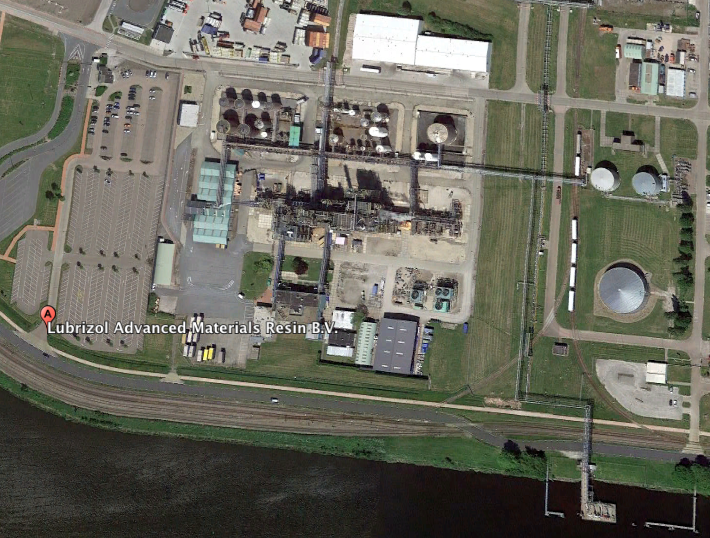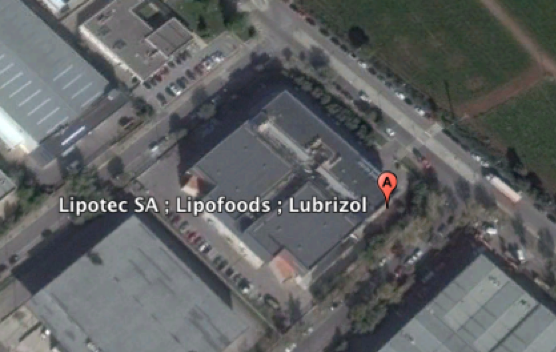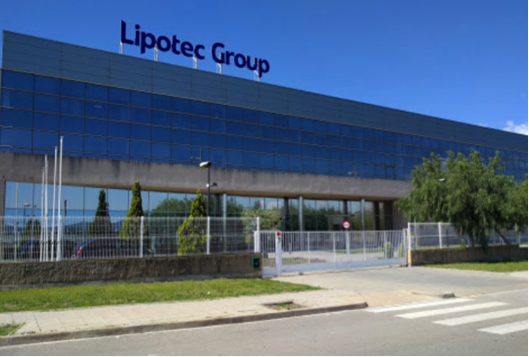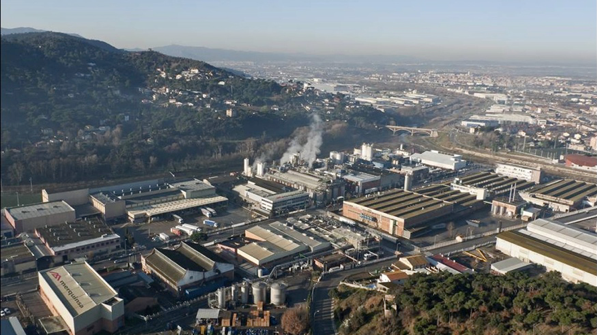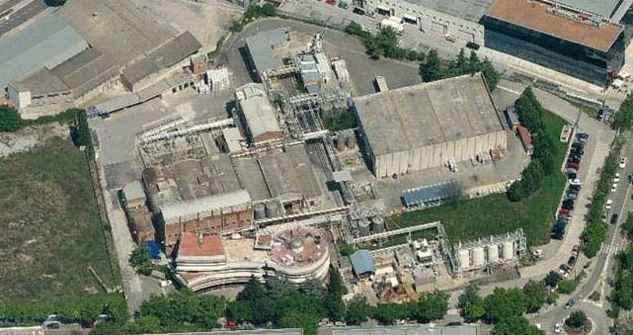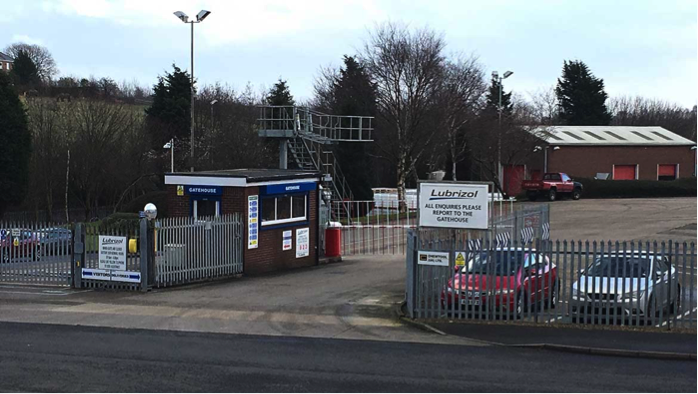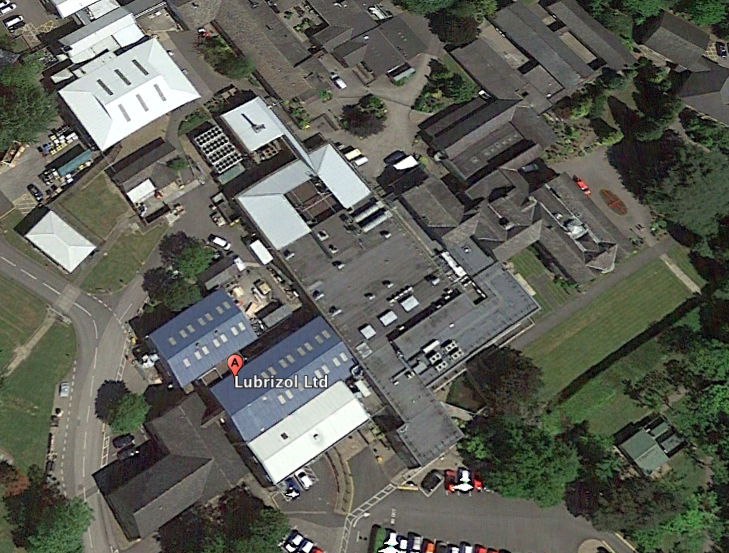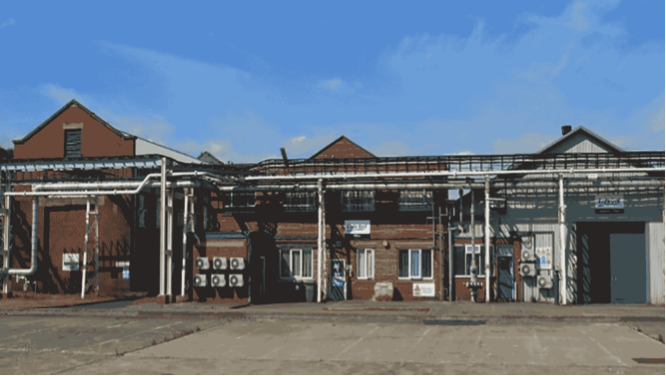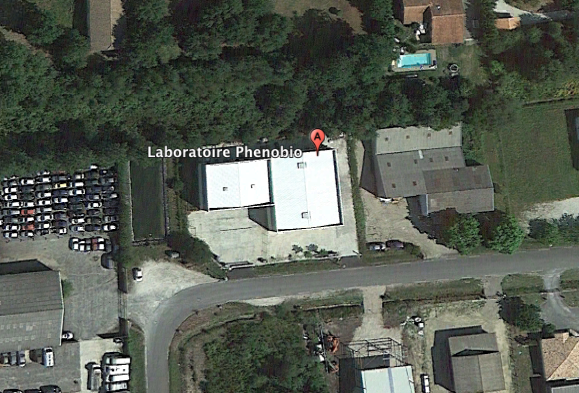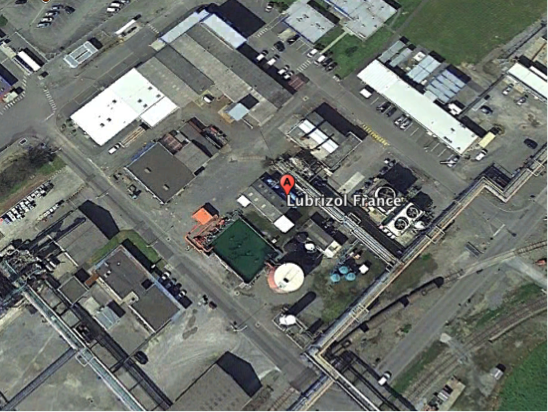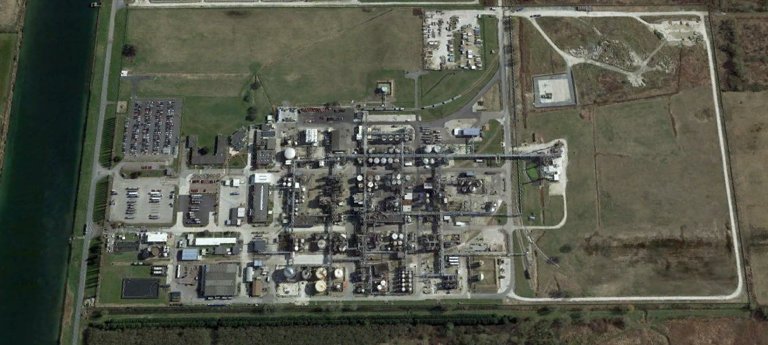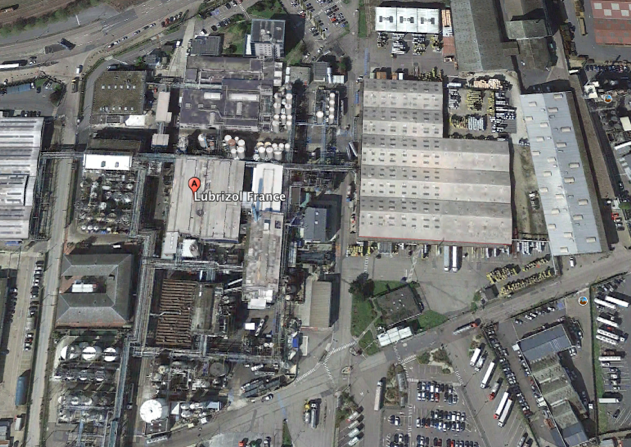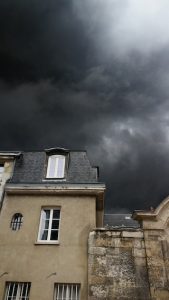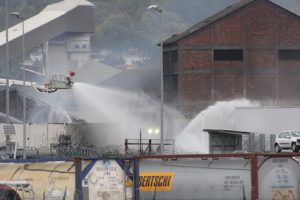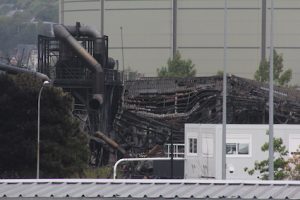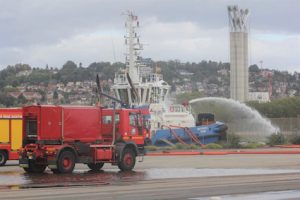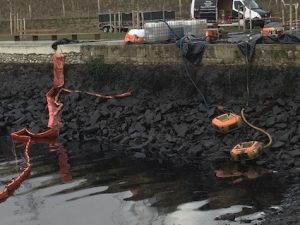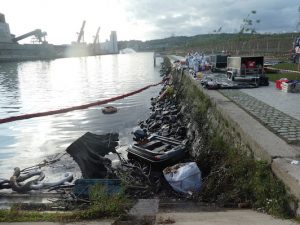Production sites, accidents, and pollution
10 décembre 2019
In this exclusive document, Robin des Bois provides an overview of all the worldwide past and recent activities of Lubrizol. The inventory of the 60 plants is nearly exhaustive. However, the list of occupational accidents, operational accidents and pollution cases is hindered by the insufficient availability of open sources, particularly in Asia, the Middle-East, and Brazil.
“We are ready” “Our elephant gun has been reloaded and my trigger finger is itchy” declared Warren Buffett in 2011 after having acquired Lubrizol’s assets for 9 billion US$. There’s only one step between hunter and investor and Warren Buffet takes it almost every day.
Since the Berkshire Hathaway fund bought Lubrizol in March 2011 under his direction, the company has been steadily growing. 6900 employees worldwide in 2010 and 5.4 billion US$ in revenue. 8700 employees in 2018 and 6.8 billion US$ of revenue. While continuing to rely on their two past inexhaustible resources—lubricants, without which the world trade would run out of gas—and PVC, without which water would no longer reach the tap nor flow from sinks and toilet bowls—the Lubrizol brand has diversified.
The Chemtool group, which specializes in industrial fluids (corrosion inhibitors, lubricants and greases), was absorbed at the end of 2011. The Vesta group, which specializes in silicone and thermoplastics for medical use, was acquired in 2014. The amount of the transaction was not published, but the operation was consolidated through an investment of US$10 million provided by Life Science, the new branch of Lubrizol. At the same time, Lubrizol confirmed to be firmly rooted in the world of lubricants and petroleum fluids by acquiring Weatherford International, which specializes in fluids and additives for oil drilling and fracking of shale gas deposits. This booming market has not escaped the vigilance of bargain-hunter businessman Warren Buffett and his beaters.
The icing on the cake is that Lubrizol took an active part in the anti-wrinkle cosmetics and herbal extracts market with the purchase of Active Organics in the United States in 2011 and Lipotec in Spain in 2012. In March 2019, the new acquisition of Phenobio, near Bordeaux, of which Lubrizol (from Cleveland, Ohio) hailed the compliance with ECOCERT’s specifications, confirms the multinational company is getting into the market for so-called “green” products. The most recent purchase of Lubrizol Life Science: Bavaria Medical Technology Management GmbH (LLC) last July, a company that specializes in intravascular medical devices (catheters) and non-vascular ones.
It makes sense that with this frenzy of acquisition, the obsolete and congested Rouen factory did not benefit from funding in order to replace its hectares of asbestos roofing and to set up a fire detection and suppression network matching the risks involved. It is also clear that the development strategy of the Lubrizol lubricants sector includes a troubleshooting stage in Rouen until the other units (in particular in China) can replace the global production of the damaged and amputated site. A partial recovery of the Lubrizol’s activities in Rouen would be a fool’s market. Within 3 to 4 years, the plant would have been permanently closed, even before it was cleared of pollution.
Updated on June 18, 2021
NORTH AMERICA
UNITED STATES OF AMERICA
Wickcliffe, Ohio
Worldwide headquarters of the Lubrizol Corporation.
Plant opened in 1931, around 1,400 employees.
- © Adriano Araujo
- © CasketCoach

1996 : Violations under the Toxic Substances Control Act (TSCA).
Fine: $23,988.
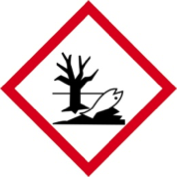
From October 1 to December 31, 2016, from October 1 to December 31, 2017, from January 1 to March 31, 2018 and from April 1 to June 30, 2019 : violations of the Clean Water Act (CWA). Pollution of Lake Erie.
From July 1 to September 30, 2017, from July 1 to September 30, 2018 and from July 1 to September 30, 2019 : violations of the Resource Conservation and Recovery Act that provides a framework for the management of hazardous and non-hazardous solid waste.
Avon Lake, Ohio
Plant opened in 1946, acquired by Lubrizol in 2004. More than 200 employees.
Production : Estane® and other resins and polymers.
 August 22, 2019: a chemical reaction started a fire in an organic peroxide controlled-temperature storage.
August 22, 2019: a chemical reaction started a fire in an organic peroxide controlled-temperature storage.
Painesville, Ohio
Plant opened in 1956. Around 450 employees.
Production : specialty chemicals for use in motors, gearboxes, tractors, ship engines …
The “worst-case major accident scenario” at the Painesville plant would involve hydrogen sulphide. 83,330 people would be exposed to the cloud within a 7.5 km radius of the site.
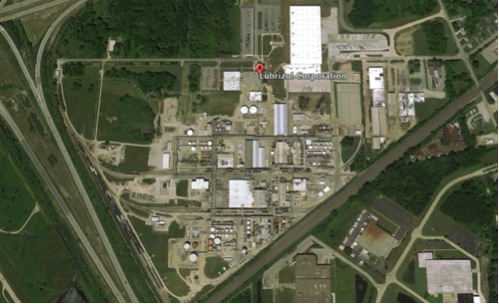
© 2018 Google Earth
 July 12, 2018 : Painesville firefighters respond to a lubricant leak from a truck leaving the Lubrizol factory with an unsecured valve. The liquid with a strong odor due to the presence of mercaptan spread over 2 km of roads. Lubrizol works all night to reduce the odor.
July 12, 2018 : Painesville firefighters respond to a lubricant leak from a truck leaving the Lubrizol factory with an unsecured valve. The liquid with a strong odor due to the presence of mercaptan spread over 2 km of roads. Lubrizol works all night to reduce the odor.
Brecksville, Ohio
Plant opened in 1946. Around 600 employees.
Bowling Green, Ohio
Production : surfactants (which lower surface tension) and mixtures of surfactants and additives. Most products are liquids and are used in industrial detergents, shampoos and in the cosmetics industry.
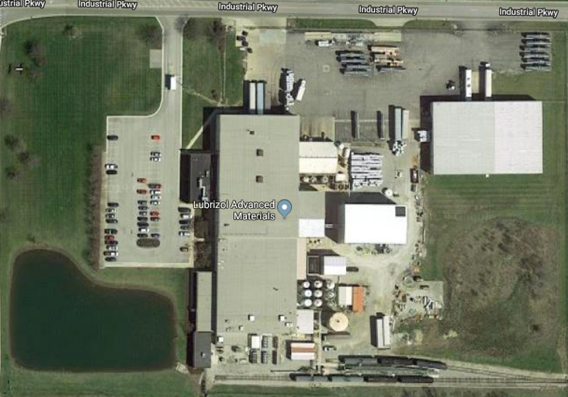
Deer Park, Texas
Factory opened in 1951. 600 employees and 250 subcontractors.
Production : additives for lubricants.
The “worst-case major accident scenario” at the Deer Park plant would involve chlorine. 27,633 people would reportedly be exposed to the cloud within a radius of 4.7 km around the site.
 1993 : for several years, Shell refinery employees have complained about air emissions from the Lubrizol site. The complaints were so frequent at that point that the Shell site did not include “Lubrizol events” in its inventory of fainting fits, illnesses, and work accidents. The morning of January 25, a new cloud of oleum (fuming sulfuric acid) flew over the Shell site. One of the employees, Lenzie Butler, died 3 days later. Shell and Lubrizol quickly denied together that the death of Mr. Butler had anything to do with the release of oleum or should be considered as a work accident. The victim’s family and 12 Shell employees brought a complaint against Lubrizol. Mr. Reel, the director of Lubrizol Texas at the time, and 4 site managers at Deer Park acknowledged that the oleum tank was not equipped with a security at the time of release. “We have since made a great deal of effort to prevent the air release of chemicals out of our site. But despite everything, some of our neighbors at Shell continue to be affected by bad smells that come from us,” Mr. Reel told the Houston Chronicle in 1994.
1993 : for several years, Shell refinery employees have complained about air emissions from the Lubrizol site. The complaints were so frequent at that point that the Shell site did not include “Lubrizol events” in its inventory of fainting fits, illnesses, and work accidents. The morning of January 25, a new cloud of oleum (fuming sulfuric acid) flew over the Shell site. One of the employees, Lenzie Butler, died 3 days later. Shell and Lubrizol quickly denied together that the death of Mr. Butler had anything to do with the release of oleum or should be considered as a work accident. The victim’s family and 12 Shell employees brought a complaint against Lubrizol. Mr. Reel, the director of Lubrizol Texas at the time, and 4 site managers at Deer Park acknowledged that the oleum tank was not equipped with a security at the time of release. “We have since made a great deal of effort to prevent the air release of chemicals out of our site. But despite everything, some of our neighbors at Shell continue to be affected by bad smells that come from us,” Mr. Reel told the Houston Chronicle in 1994.
 February 23, 2011 : David Godines, an employee of Austin Industrial Specialty Services, died of hydrogen sulfide vapor inhalation. Industrial Specialty Services is a Lubrizol permanent subcontractor which cleans the tanks of trucks and railway cars used by Lubrizol to transport their finished or intermediate products. Lubrizol portable tank washers are exposed to an average of 200 chemicals per three-month period. The Atlanta, Georgia Administrative Court judge acknowledged two years after the accident that Lubrizol and its subcontractor had not provided the victim with the training, physical means nor documentation that were needed to ensure his safety. By the time a Lubrizol employee put a hydrogen sulphide detector in the tank car where Mr. Godines was lying unconscious, the OL (Overload/Saturated) signal immediately appeared onscreen. The judgement was confirmed on appeal.
February 23, 2011 : David Godines, an employee of Austin Industrial Specialty Services, died of hydrogen sulfide vapor inhalation. Industrial Specialty Services is a Lubrizol permanent subcontractor which cleans the tanks of trucks and railway cars used by Lubrizol to transport their finished or intermediate products. Lubrizol portable tank washers are exposed to an average of 200 chemicals per three-month period. The Atlanta, Georgia Administrative Court judge acknowledged two years after the accident that Lubrizol and its subcontractor had not provided the victim with the training, physical means nor documentation that were needed to ensure his safety. By the time a Lubrizol employee put a hydrogen sulphide detector in the tank car where Mr. Godines was lying unconscious, the OL (Overload/Saturated) signal immediately appeared onscreen. The judgement was confirmed on appeal.

2012 : Chlorine leak and poisoning of an employee.
2015 : 4 serious violations of the OSHA (Occupational Safety and Health Administration) criteria on the management of operational safety of highly hazardous chemicals, hazardous waste management and emergency response protocols. Fine: 14,000 US$.
 Offences under the Clean Water Act:
Offences under the Clean Water Act:
1991 : unauthorized effluent discharges. Fine: $60,000
1992 : unauthorized effluent discharges. Fine: $100,000
2018 : discharge of oil. Fine: $32,343
Offences under the Clean Air Act:
2009. Fine: $20,410
2010. Fine: $143,460
2013. Fine: $61,796
2014. Fines: $12,688 and $15,000
2015. Fine: $30,000
2016. Fine: $13,125
From 2017 to today: serious and constant violations concerning releases of Volatile Organic Compounds.
The EPA considers Shell, Occidental Chemical and Lubrizol to be co-responsible for the pollution by PCB, dioxins and other micropollutants of the Patrick Bayou, a body of water which stretches along the Deer Park industrial platform. For 16 years, the 3 companies have refused to contribute to the cleanup of this polluted marine site.
Bayport Plant, Pasadena, Texas
Plant opened in 1967. Around 100 employees.
Production : lubricant additives.
The “worst-case major accident scenario” for the Bayport plant concerns acrylonitrile. 14,673 people could be exposed to a cloud within a radius of 3.2 km around the site.
 July 9, 2013, the EPA fined Lubrizol $225,400 for violating the Clean Air Act. Failures in the maintenance and repair of valves and connection pipes.
July 9, 2013, the EPA fined Lubrizol $225,400 for violating the Clean Air Act. Failures in the maintenance and repair of valves and connection pipes.
Since 2017, serious violation of the Clean Air Act.
2018-2019 : racial discrimination within the factory. Taye Falobi, a chemist of Nigerian origin, is the victim of ad hominem insults and racist graffiti on his work clothes. Management refuses to comment because of the ongoing judicial investigation.
Lewisville, Texas
Active Organics, acquired by Lubrizol in 2011 and Lipotec acquired in 2012 (see Spain).
Houston, Texas
Elmendorf, Texas
Weatherford plant, acquired by Lubrizol in 2014.
Production : chemical additives and fluids used in drilling and fracking operations at oil shale and gas shale deposits.
Leetsdale, Pennsylvania
 On November 17, 2015, there was a fire and explosion. 200 firefighters were mobilized. At least 2 products toxic by inhalation burned: ammonium persulfate and sodium chloride. Two warehouses were hit, one destroyed and one seriously damaged. 75 houses were evacuated. 8 people were cared for by the medical teams, 3 firefighters and 5 plant employees, including 1 suffering burns. Containment of students within schools: Ambridge, 4 km north, about 500 students, Aliquippa, 10 km north, about 600 students and Hopewell, 12 km to the west, about 300 students.
On November 17, 2015, there was a fire and explosion. 200 firefighters were mobilized. At least 2 products toxic by inhalation burned: ammonium persulfate and sodium chloride. Two warehouses were hit, one destroyed and one seriously damaged. 75 houses were evacuated. 8 people were cared for by the medical teams, 3 firefighters and 5 plant employees, including 1 suffering burns. Containment of students within schools: Ambridge, 4 km north, about 500 students, Aliquippa, 10 km north, about 600 students and Hopewell, 12 km to the west, about 300 students.
2016 : violations of OSHA criteria for process safety management for highly dangerous chemicals. Fine: $3,000.
Bethlehem, Pennsylvania
Lubrizol Life Science Health
Louisville, Kentucky
Plant opened in 1942, bought by Lubrizol in 2010.
Production : resins and post-chlorinated polyvinyl chloride used in industrial piping and pipework; latex for coatings for paper or car interiors.
The “worst-case major accident scenario” at the Louisville plant would involve chlorine. 795,131 people could be exposed to a cloud within a 22.5 km radius of the site.
 From July 1 to September 30, 2016, Clean Water Act violations for effluent discharges above the authorized limit.
From July 1 to September 30, 2016, Clean Water Act violations for effluent discharges above the authorized limit.
From October 1 to December 31, 2017, Clean Water Act violations.
From April 1 to at least June 30, 2019, Clean Water Act violations for discharging effluents beyond the authorized limit in the Ohio River.
Calvert City, Kentucky
Factory built in 1957, acquired by Lubrizol in 2004. 77 employees.
Production : Carbopol, which is a chemical used to thicken and preserve products such as industrial gels; a range without polymerized benzene is suitable for use in pharmaceutical and personal care products. The Carbopol produced in Calvert City is Halal and Kosher certified.
Wilmington, Massachussetts

December 23, 2010: An employee’s left ring finger is amputated while clearing an extruder. Fine: $7,000.
 From January 1, 2018 to June 30, 2019, Clean Water Act violations.
From January 1, 2018 to June 30, 2019, Clean Water Act violations.
Gastonia, North Carolina
Factory opened in 1973, acquired by Lubrizol in 2004. 85 employees.
Production: latex resins and coatings used in textiles, adhesives, paints…
The worst-case major accident scenario at the Gastonia plant would involve vinyl acetate monomer. 1239 people would be exposed to the cloud within a radius of 1.45 km around the site.

August 12, 2011 : 3 violations of OSHA criteria on maintenance and functionality of escape doors and on the safety of rotating abrasive machines.
Spartanburg, South Carolina

2005 : Serious violation of OSHA criteria for confined spaces required by the permit. Fine: $1,875.
 Since February 2019, iviolations of the Resource Conservation and Recovery Act have been reported. The RCRA provides a framework for the management of solid hazardous and non-hazardous waste.
Since February 2019, iviolations of the Resource Conservation and Recovery Act have been reported. The RCRA provides a framework for the management of solid hazardous and non-hazardous waste.
Pedricktown, New Jersey
Plant acquired in 2004. 45 employees.
Production : acrylic latex emulsion used as a coating or adhesive.
The worst-case major accident scenario at the Pedricktown plant concerns acrylonitrile. 8116 people would be exposed to a cloud within a 5-km radius of the site.

On October 3, 2018, 11 violations, including 10 serious violations of OSHA criteria concerning:
– The obligation to have a fall protection system and a fall protection system for objects,
– Process safety management for highly hazardous chemicals,
– Hazardous waste and emergency response operations,
– Information on the dangers of the substances used,
– Alarm systems.
Lubrizol, liable to a fine of $34,191, contests the offences.
Linden, New Jersey
Dock Resins Corp. acquired by Lubrizol in 2002.
 February 27, 2004 : An employee dies in a flash fire. Fine: $2,500.
February 27, 2004 : An employee dies in a flash fire. Fine: $2,500.
This site would no longer be operated by Lubrizol.
Paso Robles, California

April 3, 2018 : An employee is burned in the face by a chemical spray. Failure of an operating mode. Fine: $24,750.
Corona, California
Vesta plant, acquired by Lubrizol in 2014.
Production : silicone for medical use.
Rockton, Illinois
Chemtool plant opened in 2008, acquired by Lubrizol in 2011.
Production : industrial fluids (corrosion inhibitors…), lubricants and greases.
June 18, 2021 update
June 14, 2021, shortly after 7 a.m., the Chemtool plant catches fire. A plume of black smoke and several explosions worthy of a firework put the neighbours on the alert. The 70 employees on the spot leave the plant unharmed before the firefighters come. Between 150 and 175 firemen from 80 stations are mobilised. Lubrizol calls upon the private company US Fire Pumps to assist the firefighters.
At 9.40 a.m., the authorities order the evacuation of all people living within 1.6 km of the plant. About 1,000 people are affected. People living within 3.2 km must stay indoors, with windows and doors closed and no air conditioning. Anyone within 4.8 km must wear a mask until June 16. On June 17, the evacuation order is extended for 24 hours.
Firefighters stop watering the flames in the afternoon of June 14 to avoid contaminating the Rock River, 300 m from the plant. Absorbent booms are placed on the water surface and trenches are dug near the plant. Firefighters decide to extinguish the fire with foam.
On June 15, grey smoke is still visible. At 5 p.m., the fire brigade declares the fire under control. Smoke is still visible the next day. The extinguishing water in the trenches and on the ground is pumped by vacuum trucks.
The health authorities have so far not detected any contamination in the river or in the city’s water supply system. Soil and air quality tests are underway. Lubrizol says there is “no health risk other than the short-term irritation one would normally experience in the presence of smoke”. Winnebago County health officials are not yet commenting. A dozen patients presented to the nearby Beloit clinic with breathing difficulties in connection with the fire.
On June 16, there is a twist : the US Environmental Protection Agency began an investigation into the use of fluorinated foams by US Fire Pumps. The company allegedly poured 12,113 litres of fluorinated Signature Series 1×3% C6AR-AFFF foam (mixed with 268,764 litres of water) for 3 hours on June 15 despite warnings from the authorities, before switching to non-fluorinated foam. The perfluorinated compounds (PFAS) they contain are harmful and persistent chemicals in the environment. Additional water samples are to be collected.
Two firefighters were examined in hospital, one with a minor leg injury, the other with breathing difficulties due to smoke inhalation.
The US Environmental Protection Agency is asking the Attorney General to file a lawsuit against Chemtool for violations of the Environmental Protection Act and the release of pollutants into the atmosphere.
The cause of the fire remains unknown. To be continued.
Crystal Lake, Illinois
Chemtool plant opened in 1979, acquired by Lubrizol in 2011.
Production : industrial fluids (corrosion inhibitors, lubricants and greases…).
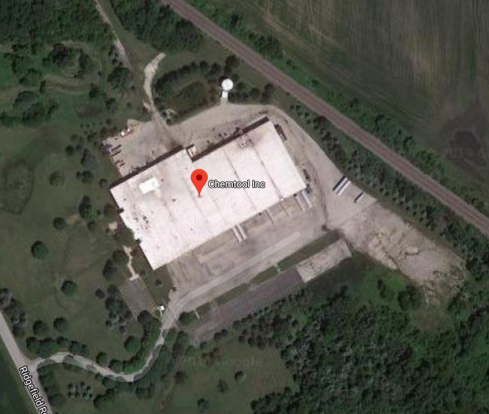
Midland, Michigan
Victor, Montana
Vesta plant, acquired by Lubrizol in 2014.
Production : silicone for medical use.
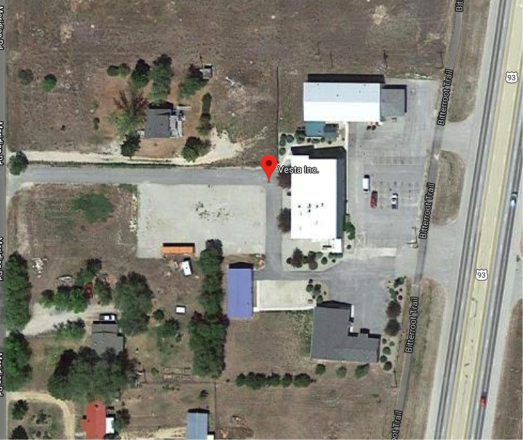
© 2018 Google Earth
Franklin, Wisconsin
Vesta plant, acquired by Lubrizol in 2014.
Production : silicone for medical use.
SOUTH AMERICA
BRAZIL
Belford Roxo, State of Rio de Janeiro
Factory opened in 1980. More than 100 employees.
Production : : additives for lubricants, surfactants and polymers.
Paulínia, State of São Paulo
Plant opened in 2015. 50 employees.
Production : acrylic polymers, acrylic styrene, vinyl acetate polymers and resins used in paint, roofing, varnish and paper coatings.
ASIA
SAUDI ARABIA
Yanbu
Lubrizol Transarabia Company
Factory opened in 1986.
Production : additives for lubricants and viscosity modifiers.
CHINA
Zhuhai, Guangdong Province
Plant opened in 2013. More than 170 employees.
Production : additives and viscosity modifiers for engine oils, drive chains, industrial lubricants.
“The Lubrizol Zhuhai plant reflects our commitment to renewing our investments to modernize processes, increase efficiency and expand our overall production capacity in line with market needs.” From the Lubrizol website.
Pudong, province of Shanghai
Qingpu, province of Shanghai
Songjiang, province of Shanghai
Lubrizol has another production site in Shanghai province. Its function and exact location could not be identified by Robin des Bois.
Lubrizol has been operating in Shanghai since at least 2012 and 3 sites in this province were established after 2015.
Binhai, Tianjin Municipality
In the industrial-port area of Tianjin.
INDIA
Navi Mumbai, State of Maharashtra
Plant opened in 1969. 322 employees.
Production : additives and bactericides for fuels and lubricants.
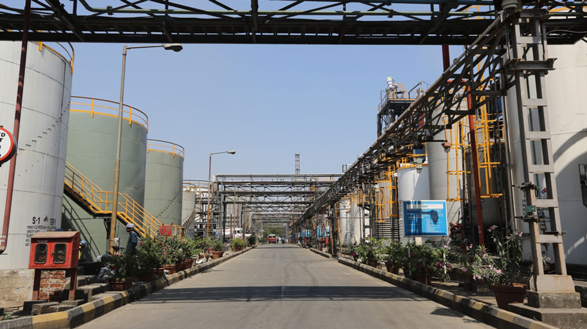
© Lubrizol
Dahej, Bharuch, State of Gujarat
Plant opened in 2016.
Production of chlorinated polyvinyl chloride (CPVC).
 “Warren Buffet’s Lubrizol set up its first unit in Gujarat, may plan for 2nd unit”, Economic Times of India, April 3, 2014.
“Warren Buffet’s Lubrizol set up its first unit in Gujarat, may plan for 2nd unit”, Economic Times of India, April 3, 2014.
MALAYSIA
Seremban, Negeri Sembilan State
SINGAPORE
Penjuru
Plant opened in 1982. 110 employees.
Additives for lubricants and fuels.
JAPAN
Kinuura, Aichi Prefecture
Plant opened in 1959.
Production : additives and viscosity modifiers. Additives for engine oils.
OCEANIA
AUSTRALIA
Silverwater, State of New South Wales
Plant opened in 2000.
Additives for lubricants.
AFRICA
SOUTH AFRICA
Isipingo Beach, KwaZulu-Natal province
Production: lubricants
Millions of kilometers of Flow Guard Gold PVC pipes transport water and all sorts of chemicals across the whole world. 4 years ago, lawyers from ClassAction.org–from the United States—had gathered evidence of the fragility and premature aging of PVC pipes and connections made with Flow Guard Gold resin as it was produced between 2007 and 2012. Cracks were found in automatic sprinkler-type fire extinction system in both residential and industrial areas. Four years later, Lubrizol somehow corroborated the criticisms by announcing the development of new Flow Guard Gold connection systems capable of withstanding a water flow 5 times higher than the old devices without risk of degradation and cracking.
In line with its policy of ecological hijacking and greenwashing, Lubrizol also insists at the same time upon its contribution to the high environmental quality of buildings (“Green Building certifications”) and upon the fight against water waste.
There is no doubt that Lubrizol’s influence and presence in Africa will be confirmed in its momentum and relaunch of PVC. For the transformation of its resin into pipes and their marketing, the company can rely on the First Plastics plant in Casablanca, Morocco, on the Flo-tek plants in Botswana and South Africa and on the 2 Karishma plants in Lagos and Kano in Nigeria.
First Plastics, Flo-tek and Karishma are linked with Lubrizol through Flow Guard Gold PVC licensing agreements. Africa can see a future in PVC.
EUROPE
GERMANY
Billbroookdeich 157, Hamburg
Plant opened in 1860, acquired by Lubrizol in 1998. 45 employees.
Production : additives for coolants and industrial lubricants.

August 6, 2015 : A corrosive cloud including formaldehydes was released following an uncontrolled chemical reaction. A cleaning lady sounded the alarm at 8:45 PM. The cloud spread to downtown Hamburg. 100 guests from a nearby hotel were evacuated to the fire station where 150 people were examined by emergency doctors. They complained of respiratory tract, eye, mucous membrane, skin irritations, headaches and nausea. 20 victims were admitted to the clinic. Residents of 21 neighborhoods were warned via radio, SMS, Facebook, Twitter and the “Katwarn” alert application to stay inside their homes. The emergency services did not think the usage of vehicles with loudspeakers was necessary and the alarm sirens were no longer operational. Three Lubrizol employees are being prosecuted. They are suspected of not having mastered the manufacturing process for Contram MBO, a caustic chemical solution which prevents the formation of bacteria in lubricants.
Ritterhude, Land of Lower Saxony
Plant opened in 1984. More than 100 employees.
Production : surface modifiers using waxes for paints, coatings and printing inks. Waxy additives come in forms ranging from micronized powder to liquid wax preparations.
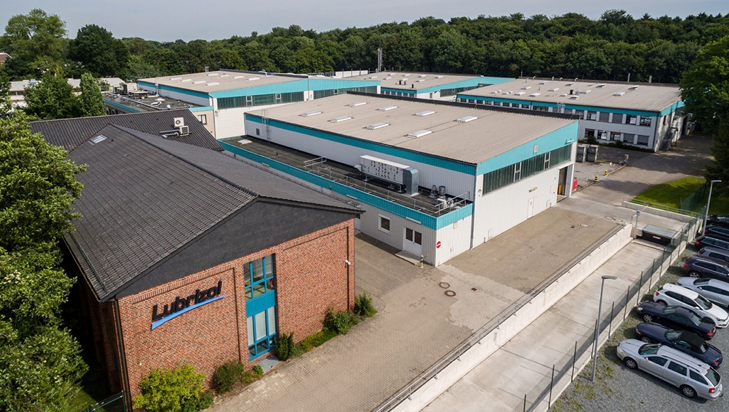
© Lubrizol
Bavaria Medizin Technologie GmbH acquired by Lubrizol in 2019.
Production: intravascular (catheters…) and non-vascular devices.
ROMANIA
Sibiu
Bavaria Medizin Technologie GmbH acquired by Lubrizol in 2019.
Production: intravascular (catheters…) and non-vascular devices.
BELGIUM
Oevel-Westerlo, Province of Antwerp, Flemish Region
Plant opened in 1972. More than 150 employees.
Production : thermoplastic polyurethane (TPU) Estane® and chlorinated polyvinyl chloride (CPVC) TempRite®. Estane® is used in sportswear and in smartphones, and TempRite® in pipes and ducts.
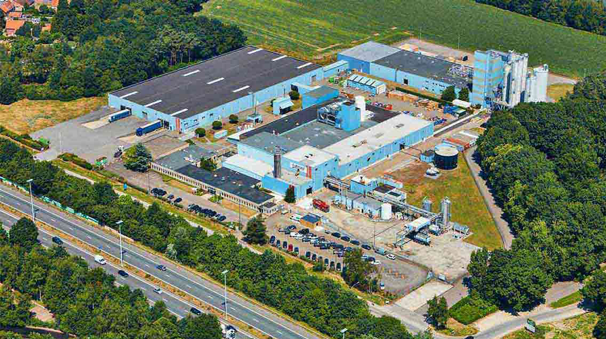
© Lubrizol

October 19, 2012. 16h. Fire in a polyurethane storage facility. “Irritating but not toxic” black smoke was released, according to the mayor and firefighters. Containment of residents. Evacuation of the Olen shopping center.
July 7, 2018. 13h45. Loss of an unknown amount of adipic acid, a corrosive substance. Two employees were admitted to the hospital for examination. Residents were kept inside their homes. “Steps will be taken to ensure that this does not happen again,” Lubrizol said in a statement.
Kallo-Beveren, province of East Flanders, Flemish region
Plant classified as SEVESO Upper-Tier establishment
Production : polyurethane resin, polyvinyl chloride…
Boortmeerbeek, Province of Flemish Brabant, Flemish Region
Chemtool plant acquired by Lubrizol in 2011.
NETHERLANDS
Farmsum
Plant classified as SEVESO Upper-Tier establishment.
Production : chlorinated polyvinyl chloride (CPVC).

June 20, 2019 : Release of hydrochloric acid.
SPAIN
Gava, Barcelona
Lipotec, Lipofoods and Diverdrugs acquired by Lubrizol in 2012. 141 employees.
Production : Lipotec manufactures in particular acetyl hexapeptide-8 used for anti-wrinkle applications.
Montmeló, Barcelona
Plant classified as SEVESO Lower-Tier establishment.
Plant opened in 1966, acquired by Lubrizol in November 2011, 99 employees.
Production: polymers (Estane®, Pearlthane™, Pearlcoat™, Pearlcoat™, Pearlstick™ and Pearlbond™) used in sportswear, smartphones, leisure articles, 3D printing, adhesives, etc.
Sant Cugat del Vallès, Barcelona
Plant classified as SEVESO Lower-Tier establishment.
Plant opened in 1957. 75 employees.
Production : acrylic polymers used in digital printing, paints and coatings, paper and textiles…
UNITED KINGDOM
Barnsley, South Yorkshire County
Plant opened in 1976. Less than 100 employees.
Production : flame retardants, technical textile coatings…
Hazelwood, Derbyshire County
Plant opened in 1947 – European Research and Development Centre, product testing. More than 350 employees.
Extension allowed despite opposition from residents.
Huddersfield, West Yorkshire County
Plant classified as SEVESO Upper-Tier establishment.
Chemical manufacturing plant opened in 1916, acquired by ICI (Imperial Chemical Industries) in 1926 and acquired by Lubrizol in 2004. Less than 100 employees.
Production : additives for coatings. Aqueous and solvent-based resins, polymers, dispersants and adhesion promoters used by metal and coating industries.
Lubrizol, Syngenta, Arch Timber Protection Limited are located on part of a former ICI site. The 3 companies are ranked among the most potentially dangerous in the county. Sites in the same category are Black Cat, a fireworks factory and Hanson’s Logistics. In 2017, the county’s firefighters decided to quadruple the annual financial contribution of these companies to the development of security plans. It has increased from £1000 to £4100 (€1200 to €4800). An annual or three-year field exercise –depending on the presumed dangerousness of the sites– is now mandatory. Each exercise is invoiced to the manufacturer approximately £13,000 (€15,260).
FRANCE
Saucats, Gironde
The Phenobio Laboratory was bought by Lubrizol in 2019.
Production: natural extracts and plant active ingredients.
“With this acquisition, Lubrizol’s customers will have access to new botanical extracts that comply with ECOCERT® and COSMOS standards and meet end-users’ expectations for naturalness and sustainability worldwide.” Lubrizol press release dated March 18, 2019.
Mourenx, Pyrénées-Atlantiques
Plant classified as SEVESO Upper-Tier establishment.
Plant opened in 1991.
Production : sulphur additives for heavy-duty lubricants.
Oudalle, Seine-Maritime
Plant classified as SEVESO Upper-Tier establishment.
Plant opened in 1969.
Production : specialty chemicals used for lubrication of engines, gearboxes or for industrial purposes.

February 20, 1995. A cloud of hydrochloric acid was released.
January 8, 2003. 110 t of sulphur dioxide was released.
April 17, 2003. There was a fire and explosion due to a logging error. There were fuel, an  oxidizer and a heat source in the unit that was shut down. The reactor considered empty due to a faulty safety measure protocol had not been disconnected from the heating circuit. The reactor parameters were reported to the control room but no one monitored them
oxidizer and a heat source in the unit that was shut down. The reactor considered empty due to a faulty safety measure protocol had not been disconnected from the heating circuit. The reactor parameters were reported to the control room but no one monitored them
April 17, 2009. Release of mercaptan, 5 employees of a neighboring company suffered nausea, headache and vomiting.
May 7, 2009. Release of mercaptan, medical evacuation of employees of a neighbouring company suffering from nausea, headache and vomiting.
September 3, 2019. Fire on the site. It will take 50 firefighters 4 hours to control the fire.
Rouen, Seine-Maritime
Plant classified as SEVESO Upper-Tier establishment.
Plant opened in 1954.
Production : additives for lubricants and paints (manufacturing and packaging).

October 30 and November 3, 1975 : mercaptan leaks perceptible as far as Dieppe, spontaneous flight of many residents, incineration of foodstuffs contaminated by the fallout of sulphur compounds due to the non-closure of ventilation systems in a supermarket on the path of the plume.
August 24, 1989 : Abnormal temperature increase on a manufacturing unit, new mercaptan leak.

January 21, 2013 : Abnormal temperature increase and thermal decomposition of zinc di-alkyl dithiophosphate (DATP). The unit’s gas treatment facility is saturated. Direct release of mercaptan. The foul-smelling plume is felt from the Paris region to London. The UK gas network alert number (National Grid), which normally receives between 5000 and 10,000 calls on a normal day, receives 100,000 calls on 22 January from residents suspecting a domestic gas leak. Fine of 4000 €. See Robin des Bois’s press release “Fuite de mercaptan depuis le site Lubrizol de Rouen” dated 22 January 2013 (Only in French)
September 29, 2015 : 2000 liters of hydrocarbons spilled into the rainwater drainage network and then into the Seine during a transfer between 2 tanks.
September 26, 2019: fire and explosion. See Robin de Bois’s press releases (only in French) and the Lubrizol counter, information page on this accident (only in French).
- © MF via Robin des Bois
- Lubrizol, 28 septembre 2019 © NG-B/Robin des Bois
- Lubrizol, 28 septembre 2019 © © NG-B/Robin des Bois
- Lubrizol, 27 septembre 2019 © NG-B/Robin des Bois
- Lubrizol, 28 septembre 2019 © NG-B/Robin des Bois
Robin des Bois, December 2019.
Sources :
Belga.
Chemtool.
Commission Européenne, SPIRS (Seveso Plants Information Retrieval System).
Environmental Justice And Health Alliance For Chemical Policy Reform, Who’s in danger of a chemical disaster?, 2014.
Health and Safety Executive, United Kingdom.
Het Nieuwsblad.
Lubrizol.
Ministère de la Transition écologique et solidaire / Direction générale de la prévention des risques, le Bureau d’Analyse des Risques et Pollutions Industriels (BARPI), Base ARIA (Analyse, Recherche et Information sur les Accidents).
Mopo, Hamburger Morgen Post.
Paris Normandie.
Public Health England, Centre for Radiation, Chemical and Environmental Hazards, ‘Le pong’ – a public health incident?, 2014.
Robin des Bois, Archives.
Royal Commission for Jubail & Yanbu, Kingdom of Saudi Arabia.
The Right-to-Know Network.
United States Department of Labor, Occupational Safety and Health Administration.
United States Environmental Protection Agency, Enforcement and Compliance History Online.
 Imprimer cet article
Imprimer cet article




